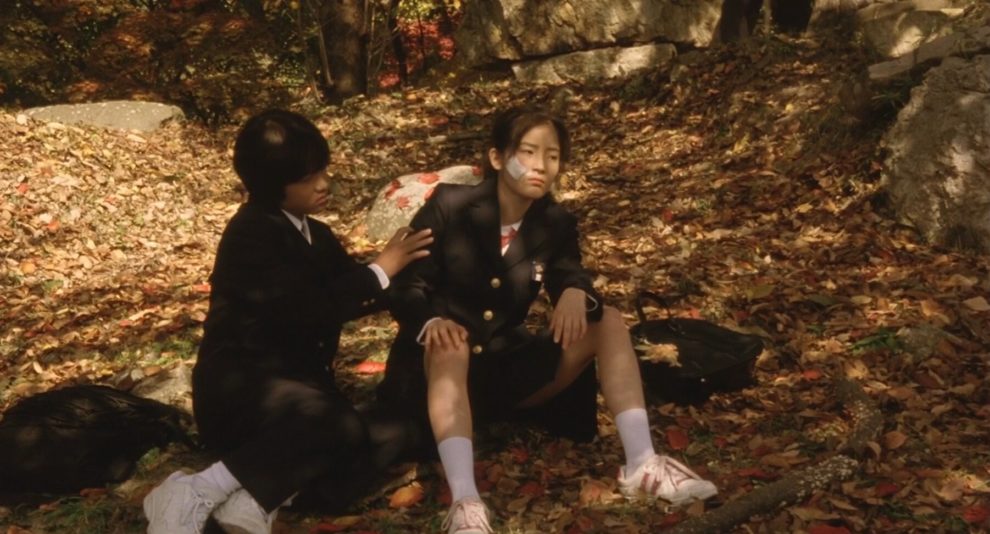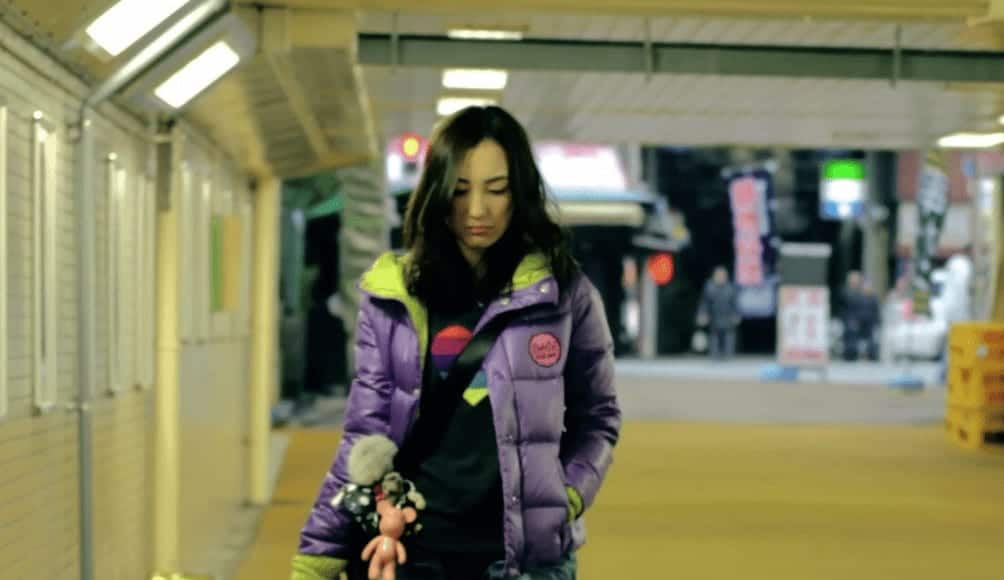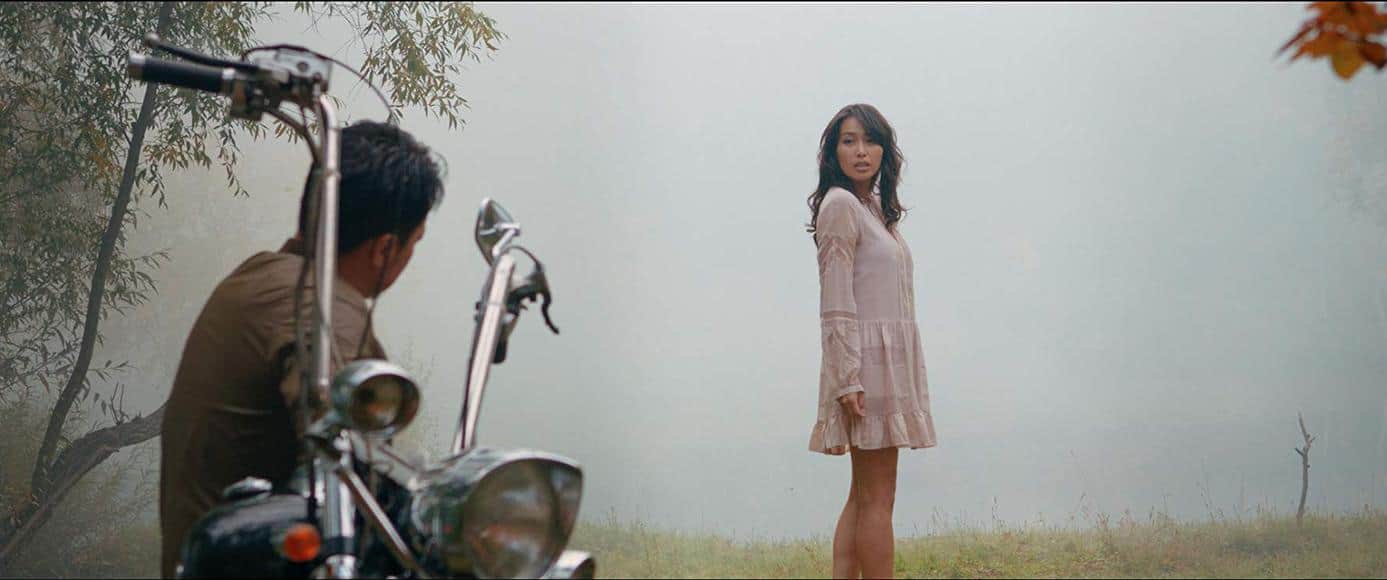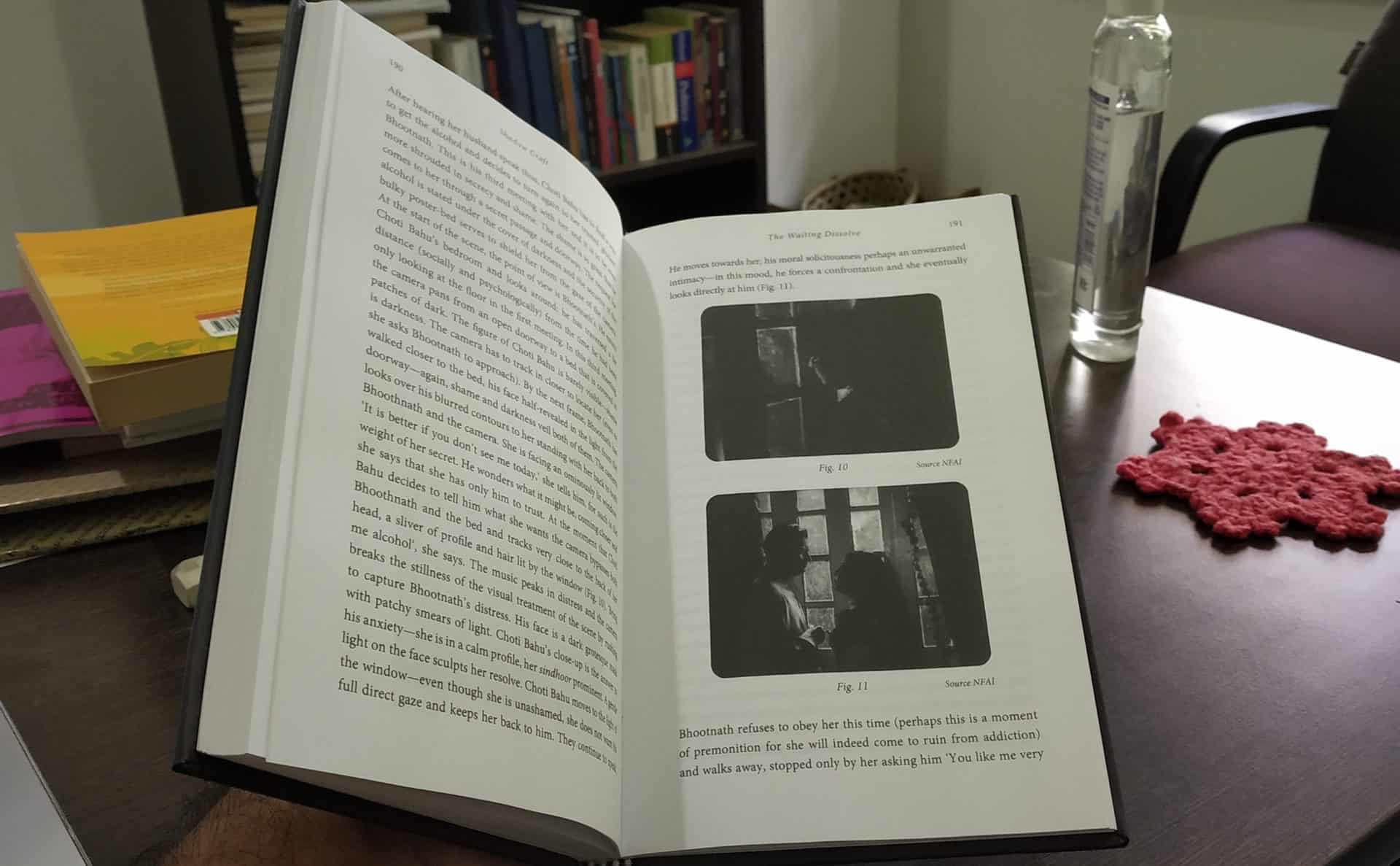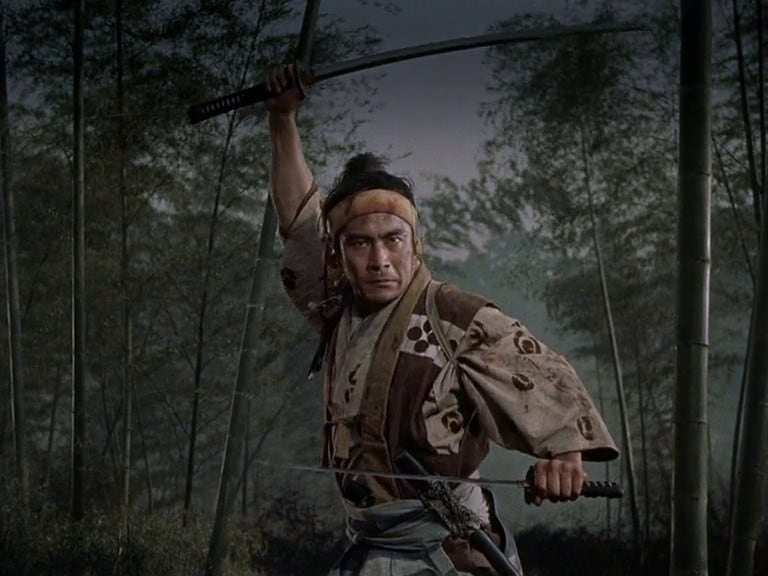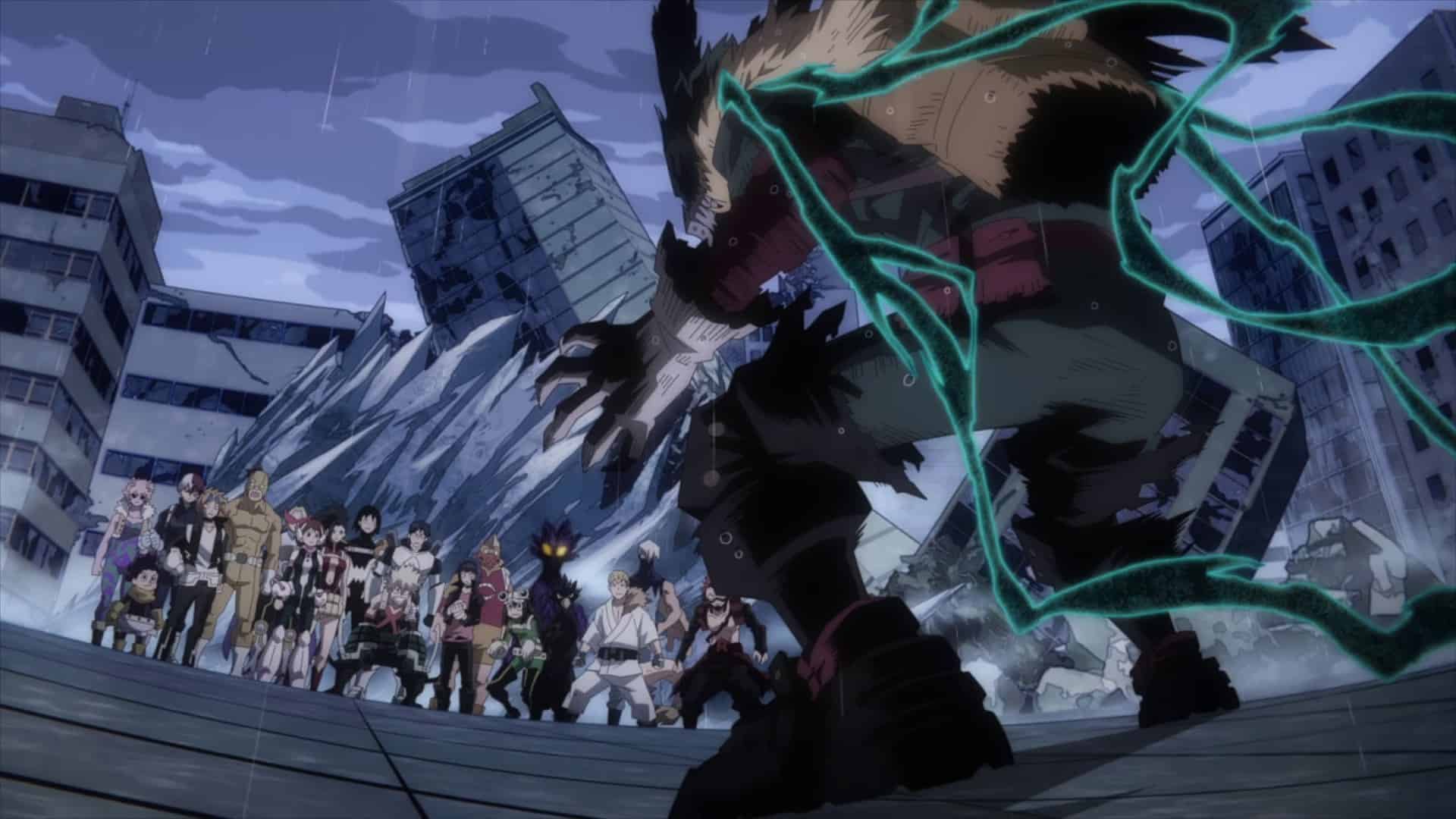Browsing through the history of cinema, it is hard to find a director as unique as Nobuhiko Obayashi. Known for his unconventional choices even before and especially since his debut feature “House” (1977), Obayashi created movies in a variety of genres, unpredictable on every move. However, surprise was certain at his decision to remake one of the works of his '80s Onomichi Trilogy, that too being the least acclaimed of the three. A remake of “I Are You, You Am Me” (1982), “Switching: Goodbye Me” (2007) is the director's second attempt to bring the “Exchange Student” novel to screen.
After his parents divorce, adolescent Kazuo Saitou leaves Onomichi for Nagano, leaving his old girlfriend behind. When he appears in his new school, he meets childhood friend Kazumi, and due to Kazumi's unreserved narration of their childhood stories, he feels embarrassed. Kazuo meets Kazumi's philosophical boyfriend, Hiroshi, whom he deems pompous. Kazumi invites Kazuo to their soba restaurant, and they find themselves on their way to a spring to fetch some water. However, an accident leads them to involuntarily switch their bodies. The story now follows the two adolescents with switched bodies and their ordeals in their respective lives.
Obayashi begins the movie with the same melodious tune that radiated nostalgia in the original, but the superb black-and-white sequence is left out. A credits sequence is followed by a teenage comedy showdown, and as Kazuo and Kazumi switch bodies, comedy initially becomes the dominant emotion. Enhancement to routine comedy comes through multiple aspects. Obayashi creates a far more mature remake, and this maturity becomes the strength of the film from get go. Fremdscham-inducing sequences and moments are far more polished, and even restrained to some degree when compared to the original. Acting is an advantage, as is the screenplay, as Obayashi adds nuanced details in every scene to raise amplitude. When an already comic sequence runs in the screen, one may be delightfully surprised to find similar sequences, on a much smaller scale, running simultaneously.
Obayashi's scope, however, is decidedly large in scale. Forever the sentimentalist, he dedicates the movie to “fans of 25 years ago and – Children of the future,” with a singular idea to take them a step further in their way to adulthood. Thus he creates a coming-of-age film full of beauty and sentimentality, and of lovely people who care for each other and for the world. Teenage angst, which plays an out-of-focus role in comic scenes, fleshes out as the narrative widens. Every minute sees the story become dense with time.The nature of love is explored in detail: idealistic, platonic, physical, real. Obayashi slowly turns his remake into more than the original, a teenage romantic comedy. The clash between pessimism and hope become central ideas in the pathway to find out a direction to live as an adult. At one point, he even spins a highly complex web of gender dynamics, poignant and humane in his approach.
Naoyuki Morita and Misako Renbutsu turn out to be the stars of the show, as they portray opposite genders with immaculate precision. When the kabuki practitioners wonder at the characters' impressive talent to play each other's roles, the audience is sure to agree with them. Nuanced performances are found from the rest of the cast. However, without Kosuke Yamashita's beautiful music and Katsuhiro Kato's mesmerizing cinematography, the true portrayal of adolescence could never have been possible.
“Switching– Goodbye Me” is a mature experience, full of lovely people, stories and cinematography. It forms an authentic adolescent experience through a highly fantastic central plot.


